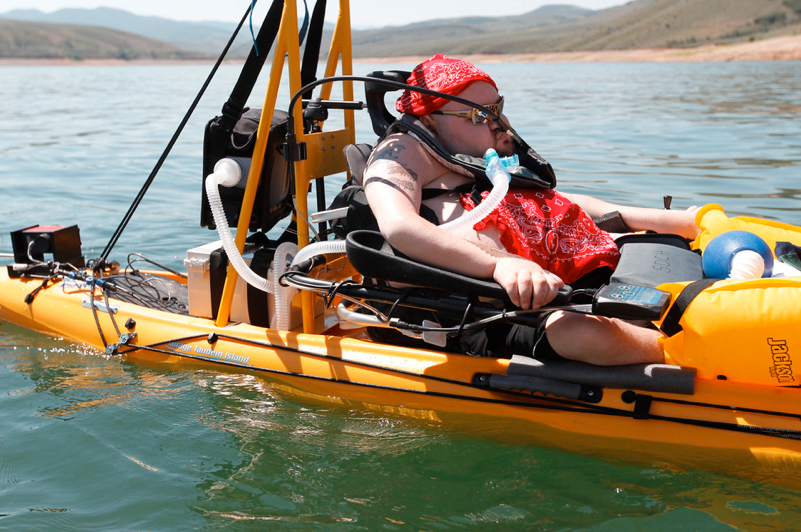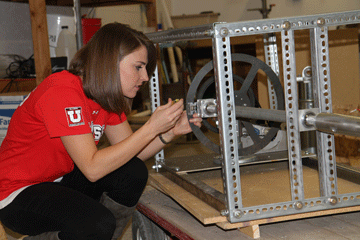
In an effort to keep up a strong tradition of high quality and innovative education, the Department of Mechanical Engineering has developed curriculum that introduces students to the complex and multifaceted nature of professional engineering practice. Our program integrates engineering science and design in the following core ME courses:
- First-Year: Introduction to Design for Engineering Systems; Computer Problem Solving for Engineering Systems; Statics and Strengths
- Second-Year: Numerical Methods for Engineering Systems; Thermodynamics; Dynamics ; Manufacturing for Engineering Systems
- Third-Year: Mechatronics I & II; Strengths II; Design of Mechanical Elements; Heat Transfer; Fluid Mechanics; Thermodynamics II
- Fourth-Year: Engineering Design I & II

“Research suggests that an integrated approach to engineering education will produce students who are more confident in their engineering abilities,” says Tim Ameel, department chair.
“Our program allows students to have multiple innovative, hands-on experiences, combined with consistently reinforced training in the basic theories of the engineering sciences that gives them the combination of skills they need for the workforce.”
Students in the Mechanical Engineering program at the University of Utah benefit from an integrated, hands-on learning experience, where instruction extends beyond the classroom. Many of the core ME courses include a laboratory component that exposes students to the latest engineering tools, computational software, and instrumentation. In addition, students have an opportunity to work in teams every semester to solve real-world design problems that reinforce professional skills as well as technical knowledge of engineering theory. The Department’s dedication to the highest quality education is evident by the success of our students in industry, research, and academics.